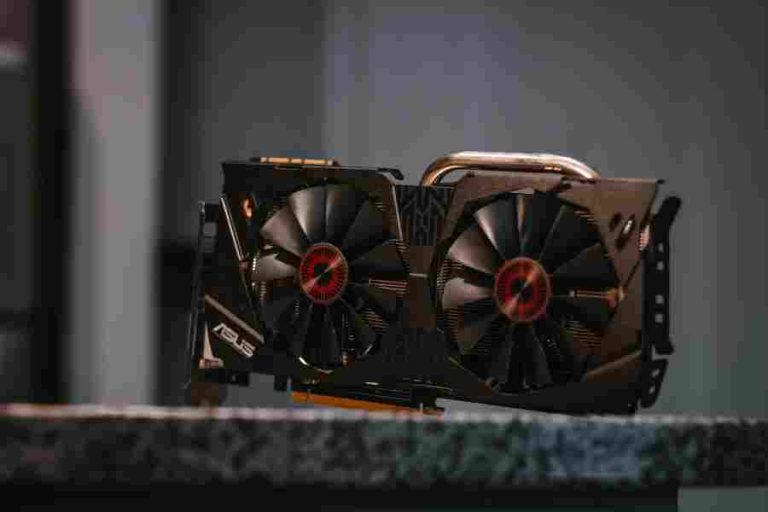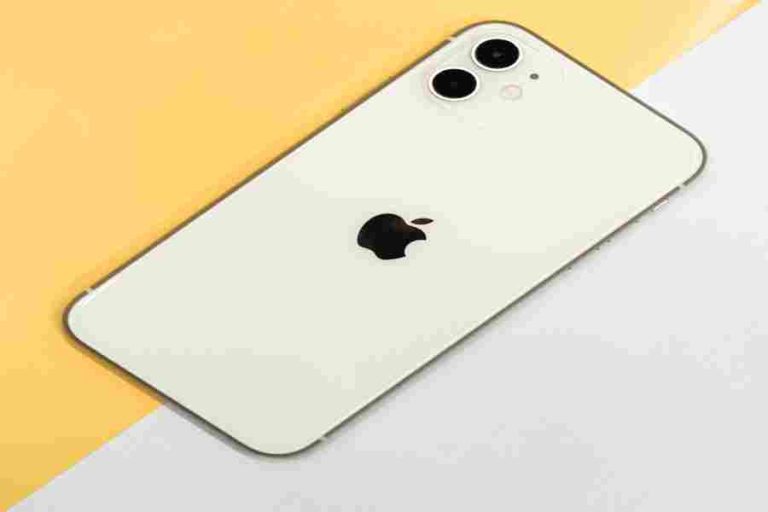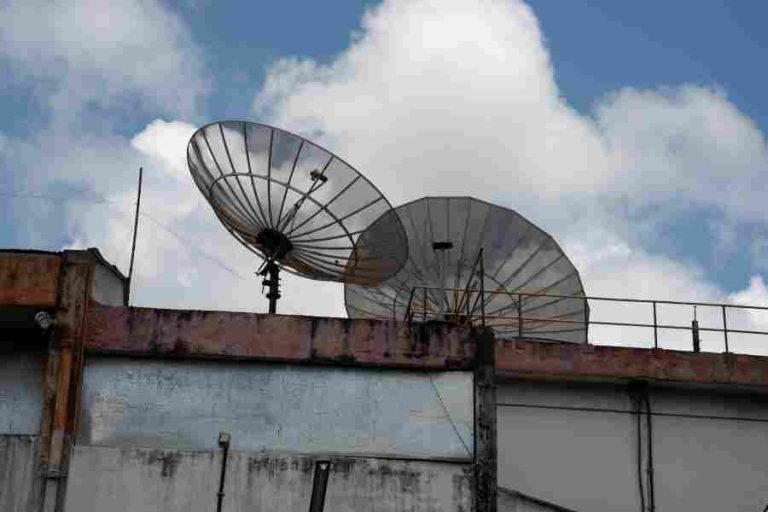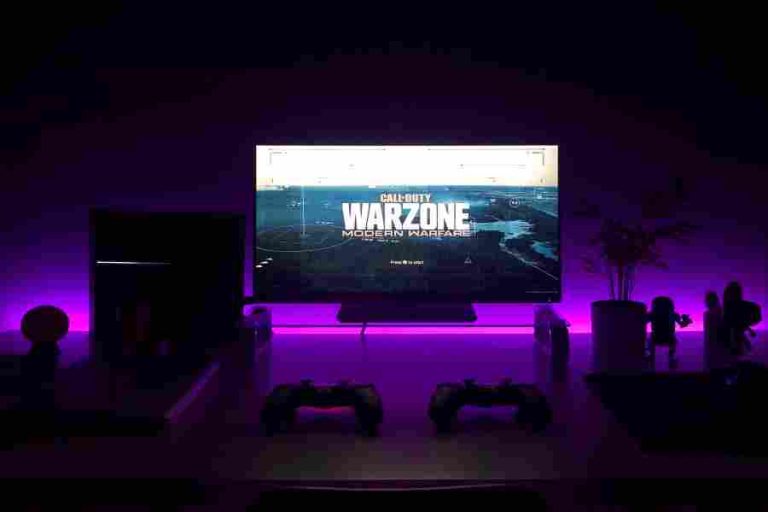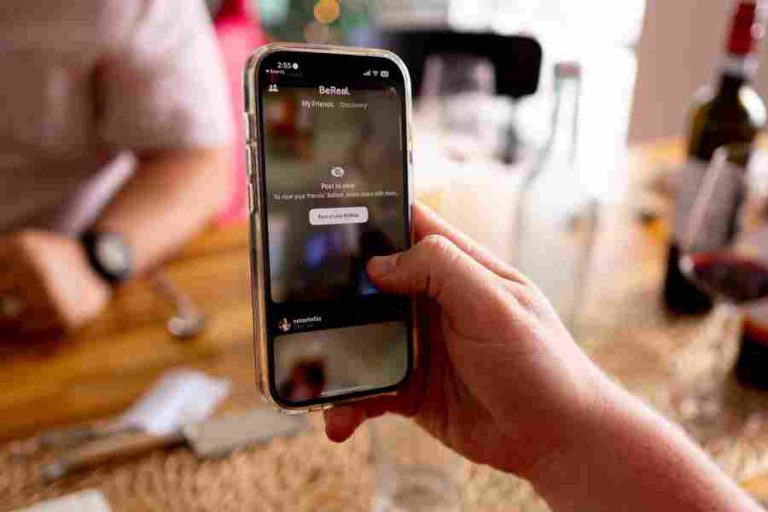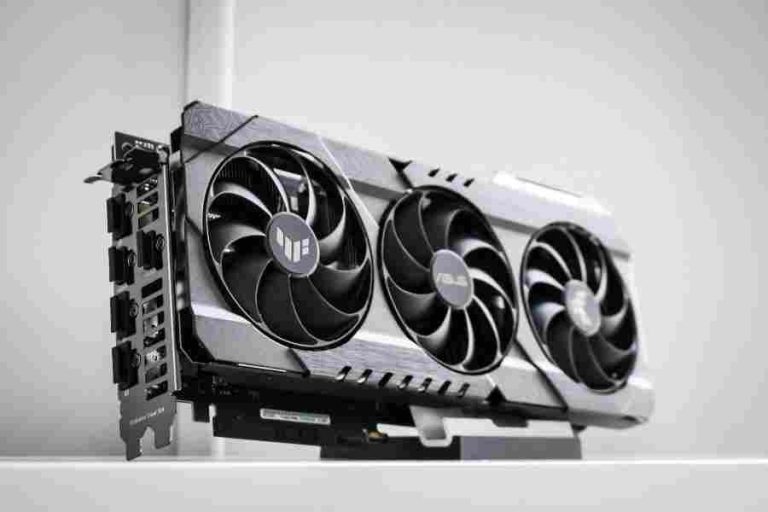If you can’t get clear pictures of programs on your monitor, you may start to ask yourself, why is my graphics card not working?
The graphics card plays a crucial role in enhancing the quality of graphics on our monitor, and if it fails to work, it means you’ll get poor pictures on the screen.
There are many reasons a graphics card might fail to work as intended, and luckily, there are also ways to fix it.
Let’s explore all the possible problems why graphics card is not working and see how to resolve them successfully.
So, Why Is My Graphics Card Not Working?
A graphics card may fail to work if its drivers crash, causing display issues. You could resolve this problem by restarting your graphics card driver by pressing Win + Ctrl + Shift + B.
This shortcut command key will kick-start your graphics card driver restoring its working order.
Other Causes That Might Hinder Your Graphics Card From Working
Your graphics card drivers are one of many reasons your graphics card might fail to work. Other problems that may prevent a graphics card from working include:
Improper Graphics Card Placement
Most graphics cards connect to your computer through a port. If manufacturers don’t place them properly, they might fail to work correctly. This problem might affect your graphics card or prevent it from working.
Outdated Graphics Card Drivers
If you are running a game on your PC that needs high-quality, up-to-date graphics, your GPU may fail to function. If it works, some game elements on the display might not show up successfully.
Additionally, if you have already updated the graphics card drivers, problems might result from the recently installed drivers.
Poor Heat Management On The Graphics Card
Sometimes, the cooling fans on your graphics card might not function properly, resulting in inefficient heat dissipation. When heat builds up on your graphic card, then you should expect it to have display problems.
Dirty Graphics Card
A dirty graphics card might also hinder the proper functioning of your graphics card in different sorts of ways. For example, since dust is a poor conductor of heat, it might be trapping heat on your graphics card, preventing it from properly functioning.
Nonetheless, dust can cause a short on your graphics card circuitry board, causing it to crash and stop working.
Custom Settings
Custom settings may create issues preventing your graphics card from functioning correctly. When you overclock your graphics card with multiple changes, problems occur over time, even if the changes you made appear stable when you implement them.
Damaged Graphics Card
Unfortunately, like living things, graphics cards also have a finite lifetime and might sometimes damage. It might wear out if you have used the same graphics card for long. Nonetheless, if electricity or brutal force damages it, it might also fail to work.
Possible Solutions
Before you apply any fix to your graphics card, examine it and look for the easiest fix first. If your fix doesn’t work, upgrade to more complex fixes before you decide to see a professional.
Some problems might be simple, and hiring a pro will only cost extra. The following fixes could help you solve the problem of your graphics card not working:
Diagnose Your Graphics Card
The best way to fix a problem is to find it. Knowing what is wrong will help you figure out the best solution to apply for a particular problem.
For example, if you have a rapidly heating graphics card, you might want to have the thermal paste reapplied.
If the graphics card holds its temperature but causes glitches and crashes in games, it might be helpful to change the software. If the card overheats, you might need to clean or reseat it.
Once you get an idea of the problem, you can start applying the relevant fixes to determine the problem.
Check Graphics Card Connection
If your computer has a dedicated graphics card, it’s a great idea to check if the ports at the back are plugged appropriately into your monitor. If your screen does not link to these ports, you might lose your ability to use your graphics card.
To check if your connection is the problem, unplug your screen and plug a different display with a different cable into your graphics card port.
If it works, your graphics card is not the problem, and you should consider replacing your cord or display.
Check Your GPU Cooling Fans
If your graphics card is overheating, you must see if its cooling fans work as intended. You could open up your monitor and observe from a distance to see if the fans are rotating.
If the cooling fans do not function as intended, you should consider replacing them. If the cooling fans were not the problem, move on to the next fix.
Clean The Graphics Card
Sometimes, the problem with your graphics card might be dust and removing it might be how to fix it. Dust can cause a shortage in circuitry and often cause overheating.
Step 1: Before cleaning your graphics card, turn off your computer and unplug it from the AC outlet. It is a great idea to wait a minute or two after you shut down your computer to allow it to discharge fully.
Step 2: Clear your workspace to provide your room to place the computer components to avoid losing them in a mess. Put off your graphics card on a clear, flat surface.
Step 3: Use dry compressed air to blow away the accumulated dust on your graphics card. If the dry air can’t kick the dust out, use a 99 per cent pure isopropyl alcohol to clean it.
Step 4: Allow your graphics card to dry and try again.
If dust was the problem, your graphics card should start working as intended. However, you should consider applying another fix if it wasn’t.
Examine The Card For Damage
Once you open the back of your computer, you should carefully examine your graphics card, trying to take note of any damages.
Damages can inhibit its power to operate steadily, which might be why you are not getting consistent graphics.
Check the ports where it plugs into other computer parts, and see if they are clean and free from damage and debris. You could also look out for burns as they indicate electrical shorts.
If you notice any damage, try to weigh its severity to see if you can fix it or just need to get a new one. Heavy burns or cracks on your graphics card will need replacement.
Check Power Supply
What if your graphics card is not getting enough power supply? Lack of enough power supply means it will struggle to perform its functions efficiently. Therefore, check if the power supply units are well connected.
It would help if you removed and reconnected the power cables to ensure you have given them a tight fit. Additionally, look at your manual to see the power requirements of your graphics card.
If you have met all the power requirements, consider applying other fixes to your computer to see if you’ll get the desired graphics.
Update Your Drivers/Remove Driver Updates
If your drivers are outdated, your graphics card may not work with an up-to-date program that needs high-quality graphics. Consider updating all your graphics card drivers, then check to see if you have resolved the problem.
On the other hand, if the problem begins after you have already updated the graphics card drivers, consider reinstalling the previous drivers.
Check For Overclocking
Overclocking isn’t bad, but it might sometimes result in problems for your graphics driver. See if your graphics card is working on an overclock.
If it does, consider resetting it or removing any overclock, including the memory, core, and voltage. It would be helpful to reset everything to a standard.
Replace Your Thermal Paste
When your thermal paste dries up completely, it reduces your graphics card’s ability to dissipate heat efficiently. You want the thermal paste to remain moist to cool your graphics card effectively.
Step 1: Remove your graphics card from your PC. Manufacturers usually assemble Graphics cards in many ways, and checking your manual for guidance might be helpful.
Step 2: Gently take the graphics card and begin unscrewing it. Remove everything until you expose the chip.
Step 3: Take a cotton swab soaked in 99-per cent pure isopropyl alcohol, gently wipe away what is there, and give the graphics card room to dry. Ensure your cotton is not heavily soaked.
Step 4: Apply a small dot of new thermal paste at the centre.
Step 5: Close the graphics card returning all screws to the points where they were.
Step 6: Return the card to the PC and run a test to see if it works. If all these fixes fail, consider getting a new graphics card.
Conclusion
There are many causes to why is my graphics card not working; however, there are solutions you could implement to resolve the problems.
Before you start applying any fix, diagnose to try and figure out the problem. It is way easier to resolve a known issue than to fix an unknown one.
Nonetheless, if you try all fixes and still fail to get your graphics card running, consider getting a new one and fixing it on your computer.



